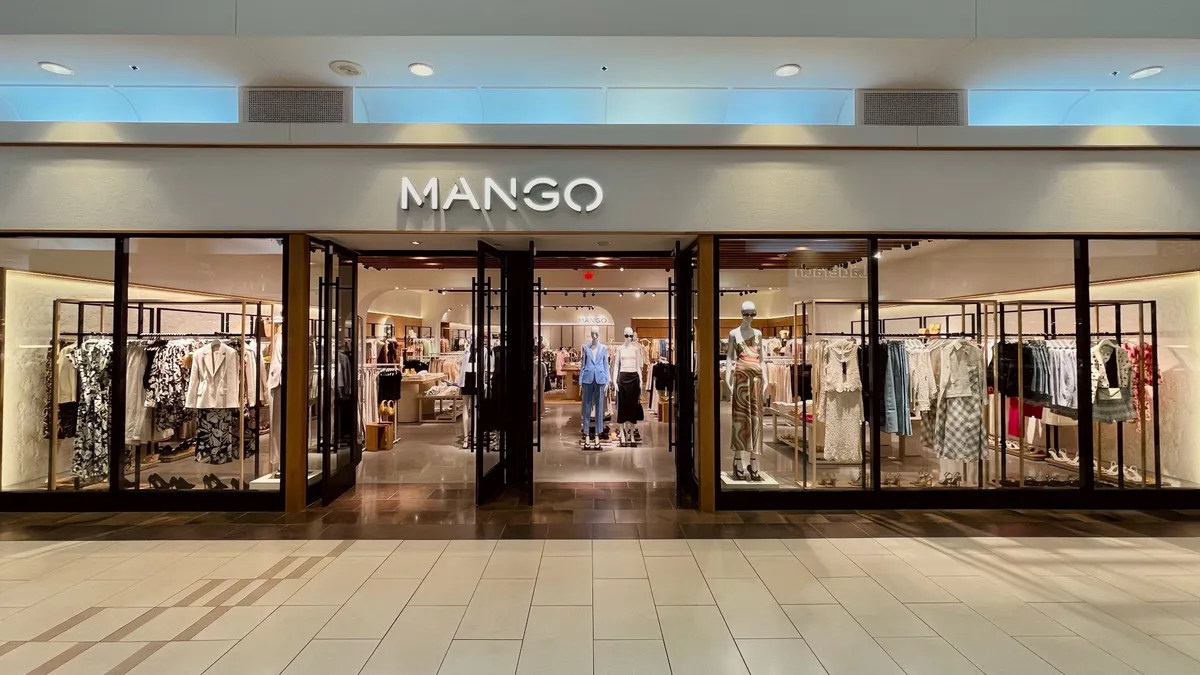The auto industry is undergoing a period of tremendous disruption as never seen before. Influenced by new computer systems, new manufacturing processes and innovative designs, neither vehicles nor auto manufacturing facilities look like they did a decade ago.
The change is putting tremendous pressure on original equipment manufacturers (OEMs) and auto suppliers to evolve and innovate. Many are changing their business strategies to focus on innovation, rather than production while refining their product offerings to the best that they do. Others are also working more closely with their buyers to be a part of the design-to-market cycle and to make themselves an invaluable supplier.
Supporting this all is a strong base of digitization to keep up with the pace of change.
The demand for innovative components requires differentiation
New technologies, materials, power trains, electronics and the changing demands from consumers are making automobiles far more complex than they were in the past.
Michael Robinet, Managing Director at IHS Markit Automotive in Southfield, Mich., says the biggest shifts are in the ACES (autonomous, connected, electrified and shared) sector. The new designs in the sector influence how vehicles operate, how systems work, and they require a lot of electronics and software, he says.
Matt Desmond, senior manager of Manufacturing, Automotive and Life Sciences at Capgemini, an industry consultancy, said their OEM clients are quickly rethinking their business models to align with things like smart mobility, autonomous driving and connected services.
"Tier 1 suppliers realized a few years ago that to stay profitable, they need (to innovate)," Desmond said.
If you provide value, you are no longer a commodity. You become something the automaker needs.

Alan Baum
Baum and Associates
Capgemini said in a report on digital strategy for automotive suppliers that Tier 1 needs to acquire "digital mastery" and innovate to maximize their bottom line. Capgemini engages its Tier 1 supplier clients with a three-pronged approach called AutomotiveConnect: Supplier which focuses on industrialization and agility, innovation and change, and insights and action.
"It's an active dialogue we're having with our Tier 1 clients. There's a tremendous amount of disruption and we're helping them move forward," he said.
OEMs must consider new business strategies
Successful OEMs and suppliers are employing several new business strategies to meet the demands of the new market.
First, they’re focusing on innovation over production. Many are reorganizing through mergers and acquisitions to acquire the knowledge, resources and talent needed to produce these new technologies. Tier 1 suppliers are also spinning off new divisions to focus on innovative products while divesting others.
In December, Delphi spun off a division called Aptiv which will focus more on mobility products. Volvo is also investing in new technologies and tools and has even secured a partnership with Capgemini to develop a smart phone app that can replace car keys. And in November 2016, Samsung acquired connected car company HARMAN to enter the industry.
"The suppliers that want to stay in business bring value to their OEM clients. To say 'I can bring to production the innovation you might see at CES,’" Desmond said.
Others are also refining their specialized products. James Fisher, spokesperson for Visteon, a global auto supplier, said the company has moved from a wide range of products to narrow its specialty as a vehicle cockpit electronics supplier.
The company sold off its climate and lighting business to focus specifically on things like displays, audio, and instrument clusters. Visteon is preparing to launch its trademarked SmartCore Domain Controller platform which is designed to be a cost-effective, space-saving solution that integrates everything in one package.
3 ways suppliers are innovating
| Method | Example |
|---|---|
| Buy or partner with new companies | Delphi's Aptiv spinoff and Samsung's purchase of HARMAN both aim to enhance the suppliers' ability to innovate. |
| Focus the product offering | Visteon sold off product lines to focus on being a top cockpit electronics supplier. |
| Work closely with clients to tackle new needs | GM recognized its supplier, Comau, for developing technology to improve future vehicle launch quality. |
"We've become laser-focused on what we do best and we're a very different company than we were even a few years ago. We've changed and adapted to serve the automakers and many consumers are being driven by cockpit electronics," Fisher said.
They are also moving away from more commodity-type components and trying to offer more value to auto manufacturers by designing value added components for specific vehicles, said Alan Baum of Baum and Associates in West Bloomfield, Mich.
As more suppliers move to these new technologies, the market for traditional, mechanical parts such as brake rotors, door handles, bearings and air filters will remain an important but commoditized business with low profit margins, Baum said.
"You can be just a supplier of auto parts but there are 25 other companies doing that, and it's a race to the bottom," he said.
Finally, the most successful are those that put new strategies together to make themselves an invaluable supplier. In April, GM honored some of its suppliers for quality and innovation. Comau, LLC, created a flexible robotic body assembly framing system that improved future vehicle launch quality.
Means Industries created a selectable one-way clutch that was able to create more efficient packaging in the new Hyrda-Matic nine-speed front wheel drive transmission system.
"If you provide value, you are no longer a commodity. You become something the automaker needs," Baum said.
New talent is a necessity
Yet auto component and supply manufacturers face a number of other challenges. In order to meet the demand for innovative and connected components, suppliers are scrambling to find new knowledge and talent. And whereas in the past suppliers relied more on mechanical engineers, most are now seeking software engineers, Baum said.
"There's a lot more code in an automobile nowadays than there is in a cell phone or even in a plane. But many of these people don't really want to work in the auto industry," he said.
You can be just a supplier of auto parts but there are 25 other companies doing that, and it's a race to the bottom.

James Fisher
Spokesperson, Visteon
Of the 4,000 engineers working around the globe at Visteon, roughly half are in software, Fisher said. Visteon's products are manufactured in a "clean room" environment that might look more like a computer manufacturing facility than one that produces bulk auto parts.
"You can go into our plants and they rival those of some of the best known tech companies for electronics manufacturing," Fisher said. "It's a whole new industry."





















